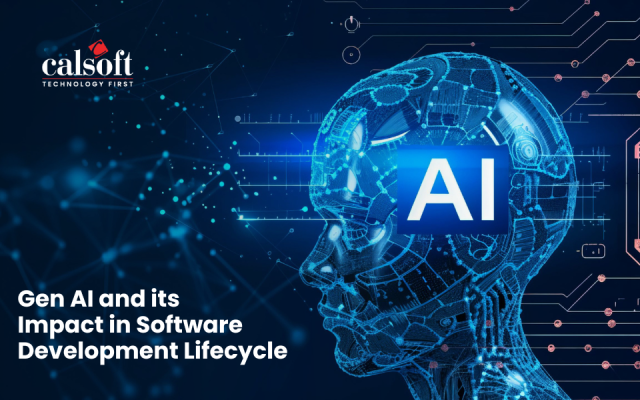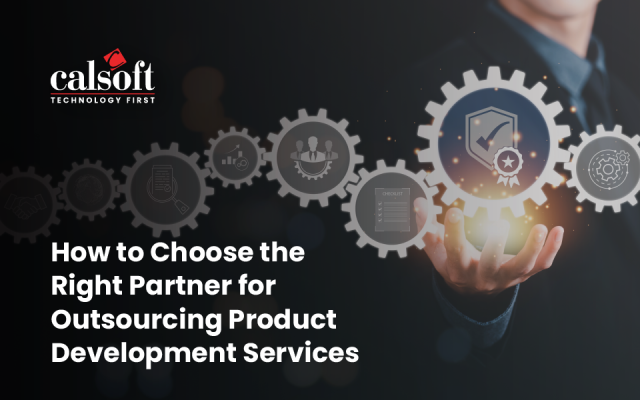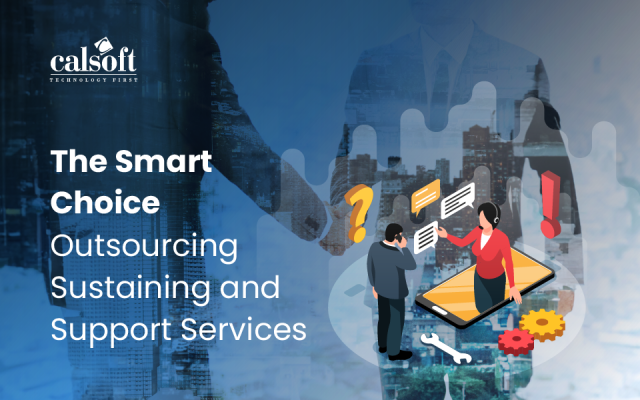Mobility technology has ushered humanity into the golden age of connectivity and business productivity. A successful, well-rated mobile application can truly transform business and drive revenue, but it takes strategic planning, the expertise of a diverse set of professionals, and careful planning to develop such an application.
Since the advent of the pandemic, the use of mobile applications has skyrocketed. Businesses are more directly connected to their customers than ever. This has given rise to many previously unforeseen challenges. Businesses must rely on the experience and knowledge of seasoned professionals to deal with these issues.
Here is a list of the toughest challenges facing mobile application development in recent times.
#1 – Lack of mobile application development expertise
Mobile application development requires niche expertise. Most businesses looking to develop mobile applications face a gap in expertise. Web & traditional IT systems and mobile application development are sets of starkly different approaches and competencies. Businesses often lack the necessary skillset in-house to successfully execute the product development lifecycle of a mobile app, end-to-end.
Enterprises should recognize the expertise gap and hire external resources or adopt a mixed-sourcing model to mitigate this issue. A mixed sourcing model is an application development strategy that allows businesses to pick and choose parts of the product development journey to outsource to a mobile app development solutions provider. The rest of the development efforts are carried out internally.
A recent report from Gartner finds that the mixed sourcing model works for more than half of all organizations globally. It says, “Organizations want to have full control over their mobile app development initiatives; however, maintaining a pure in-house development environment is difficult to achieve given mobile is a relatively new competency to many developers. Organizations will improve their in-house mobile development skills over time, but currently, only 26% of organizations are adopting an in-house-only development approach, while 55% are successfully delivering apps using mixed sourcing.”
This approach not only guarantees significant improvement in the quality of your product and ultimately your customers’ experience, but it also decreases internal costs, allows internal team members to learn & acquire some of the expertise needed for future initiatives, and leaves them with more time to focus on providing their core expertise.
#2 – Inefficient information security measures
Mobile application security presents several unique challenges. If the mobile application is a customer-facing app that is intended to be used for personal convenience purposes, the primary concern is security breaches that may compromise the user’s sensitive personal data. With a growing number of apps added to Google’s Play Store and Apple’s App store every day, security has reportedly taken a backseat to convenience, and the instances of cyber-attacks & security breaches have increased significantly. This has led to stricter data governance and privacy policies. Businesses must adhere to these new rules and tighten controls to safeguard their customers’ data. This calls for more and frequent mobile application testing, stricter validation controls, efficient data management, and complete perimeter & end-point security.
If businesses do not possess the bandwidth or the expertise to plan and execute an exhaustive testing strategy, they must invest in firms that will help them maintain the highest standards of continuous development, integration, testing, and deployment.
In the case of companies who have adopted the BYOD (Bring Your Own Device) policy, which allows employees to use their personal devices as opposed to company-owned assets to conduct official business, security of mobile devices becomes critical. Gartner’s report also suggests that by 2022, 75% of smartphones used within enterprises will be BYOD.
Therefore, mobile applications that employees use to connect to enterprise networks and access data must have water-tight security. Any loopholes and loose ends may compromise sensitive organizational data, intellectual property, and financial information. Such security lapses can cause severe damage and losses.
Enterprises need to establish a Mobile Device Management (MDM) or Managed Mobility Services (MMS) strategy to thwart security issues, set compliance requirements, enable data encryption, strengthen authentication measures, limit access, enforce the usage of only whitelisted apps, remotely wipe data, and otherwise secure the endpoints.
#3 – Device fragmentation and lack of consistency
Mobile device fragmentation refers to the plethora of mobile devices available in the marketplace, which use a variety of operating systems. Developing applications that appear consistent irrespective of the device and the platform is a major challenge. The most widely used strategy is the development of native apps for each platform. However, this approach is often expensive, resource-intensive, and time-consuming.
Cross-platform and platform-agnostic mobile app development platforms allow users to have the same, truly native app experience for all users. Outsourcing cross-platform mobile app development can enable businesses to provide a richer customer experience and retain customer loyalty.
#4 – Lack of an effective API strategy
Another significant challenge in the development of mobile apps is planning & executing an effective API strategy. APIs enable the applications to work as designed by connecting the business functions and mixed hardware-software intermediaries needed to enable certain actions to the user interfaces.
Businesses should evaluate their current public and private APIs and determine whether the APIs can be repurposed to fulfil the requirements of the mobile app in development. If the APIs are not capable of calling the app’s functionalities, new APIs need to be created from scratch or existing ones need to be modified to a great extent. Thus, the API strategy should be devised while gathering product requirements for the mobile app by mobile application development experts. If you lack the requisite in-house expertise, it is a good idea to engage a mobile application development specialty firm.
#5 – Handling Big Data
According to research from Data Never Sleeps, about 2.5 quintillion bytes of data is created every day. A big chunk of this data is organizational data, which is continuously analyzed and processed. Data generated from mobile apps, whether customer-facing or employee-facing, has a great potential to offer valuable insights into consumer behavior and app performance, which can influence vital business decisions once analyzed and processed in the same way. The processing & management of such large amounts of data involves massive computational power requirements, data center costs, network costs, storage costs, and specialized resource costs. Managing big data on traditional servers and architecture may lead to inefficient, slow, resource-intensive data management, and, in turn, hamper your ability to make the right business decisions fast enough.
To alleviate this issue without disrupting business continuity completely, businesses should seek expert consultation to migrate their static big data & applications to the cloud and embrace a microservices-based architecture that can provide security, ease of processing, and ample storage.
Calsoft has been a pioneer in mobility technology. Our experts have ample experience in developing highly customized mobile application lifecycle development & management strategies so that our customers can engage their end-users with interactive and user-friendly mobile solutions.
Our mobile solutions offer a range of services such as consulting, application development & testing, feature enhancement, application migration, and more.
Our successful foray into new-age technologies like IoT, Artificial Intelligence, Augmented Reality, Virtual Reality, has helped our customers build robust, secure, and innovative applications that keep them ahead of the curve.
References:






